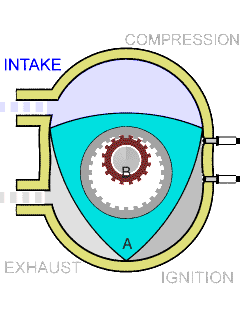Piston Force Calculator
With this piston force calculator, you'll be able to calculate the different variables of a cylinder-piston system. Therefore, you can use this tool in various ways, such as:
- Piston force calculator;
- Cylinder pressure calculator;
- Bore diameter calculator; and
- Bore area calculator.
Cylinder-piston systems are present in many applications, so you can use this tool to calculate the force of hydraulic cylinders, pneumatic cylinders, internal combustion engines, and many more!
🔎 If you need to calculate the force of a double-acting cylinder, you can use our pneumatic cylinder force calculator.
What is a piston?
A piston is a moving component used in many machines to transmit the forces caused by the pressure inside a cavity. This cavity arises with the junction of the piston and its surrounding housing.
Usually, we find two types of pistons:

- Reciprocating piston: this is the most common type of piston, usually encountered in internal combustion engines. To the right, you can see a reciprocating piston (in grey) acting inside its cylinder cavity (green). The pressure inside the cylinder exerts a force over the piston area, which consequently exerts the same force on the piston rod (blue). This piston rod usually consists of a connecting rod that transmits its reciprocating motion to another system (i.e., a crankshaft).

- Rotary piston: this type of piston operates under the same principle: a piston and a housing form a pressurized cavity that constantly changes its volume to create movement. An example is the Wankel engine, an internal combustion engine in which the gas experiences the cycles of a conventional combustion engine, with the difference that the piston is rotating.
As they are the most common ones, with this calculator, you can calculate reciprocating engines' cylinder force (or piston force). Now, let's look at the formulas to calculate the forces of hydraulic, pneumatic, and many other cylinders.
How do I calculate the piston force?
The pressurized fluid inside the cylinder is in contact with the piston and exerts a force over it. As we saw in our pressure calculator, this force equals the pressure times the area of application. Therefore, the formula to calculate the piston force is:
where:
- — Piston force, in Newtons (N);
- — Bore area, in square meters (m²) (you can use our area converter);
- — Cylinder pressure, in Pascals (Pa); and
The bore area is simply the area of a circle whose diameter equals the bore diameter:
where is the bore diameter in meters (m) (you can use our length converter)
How do I calculate cylinder pressure and diameter?
To calculate the cylinder pressure of your hydraulic, pneumatic, or any other application, we can solve for in the previous formula:
Or, in terms of the bore diameter:
From the previous equation, we can solve for and obtain a formula for the bore diameter:
Hopefully, with this set of formulas, you're ready to calculate the cylinder force of hydraulic, pneumatic, and many other systems.